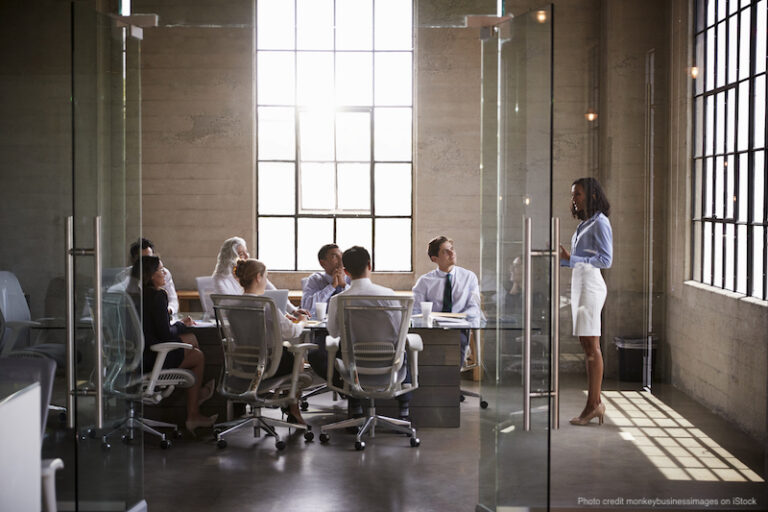Transparency in an organization is the practice of sharing information regarding the organization’s operations to its people with the intent to create trust – between leadership and staff, between colleagues, within the organization as a whole, and between the organization and the public. (Mitsis, 2021) This is important because there is a long history of organizational leaders withholding information, such as pay scales, promotion practices, and company financials, which leave employees feeling taken advantage of or blindsided by layoffs and other unfortunate events. An example would be the Enron scandal, where thousands of employees were left with little to no retirement savings while leaders walked away with golden parachutes. And today, examples of institutions violating public trust abound, from the myth-making of the Kitty Genovese story to the media bias and harm against the Exonerated Five to the confusing communications from the CDC during the pandemic.
And yet, zones of privacy are also needed to create trust within organizations. As Ethan Bernstein writes in the Harvard Business Review, “For all that transparency does to drive out wasteful practices and promote collaboration and shared learning, too much of it can trigger distortions of fact and counterproductive inhibitions. Unrehearsed, experimental behaviors sometimes cease altogether. Wide-open workspaces and copious real-time data on how individuals spend their time can leave employees feeling exposed and vulnerable. Being observed changes their conduct. They start going to great lengths to keep what they’re doing under wraps, even if they have nothing bad to hide. If executives [or staff] pick up on signs of covert activity, they instinctively start to monitor …behavior even more intensely. And that just aggravates the problem.”
As Brown details in her acronym BRAVING, being a vault of confidential information is also important for leaders to build trust. This is more true when you have more power. For example, while it is within a former employee’s right to air their grievances against an employer after their departure, for an organization, with sizable power and resources, to air their grievances would be a gross abuse of power and erode the trust of present and future employees. Therefore, to instill trust, employers cannot be transparent about why employees departed an organization. This is upsetting for many, who want to know what happened and how to prevent it. But at the same time, short of criminal or abusive behavior by the employee, organizations should not give their side of the story; to do so would likely make it far more difficult for the departing employee to find new work. It would mean that every small mistake or grievance from an employer could be made public. Again, the employee has the right to state such grievances via review sites or social media, but for an entire organization to “leave a review” of an employee on a public site would be disproportionately harmful.
One of Brown’s maxims that I hold dear is that “values without observable behaviors are bullshit.” And so, while organizations may want to wrestle with defining transparency, I find a preliminary definition will suffice if the focus is then on observable behaviors. Observable behaviors have the added benefit of clarifying cultural misunderstandings and aligning folks around what any high-level concept really means in this workplace.
In my mind, the observable behaviors of transparency would include the following:








